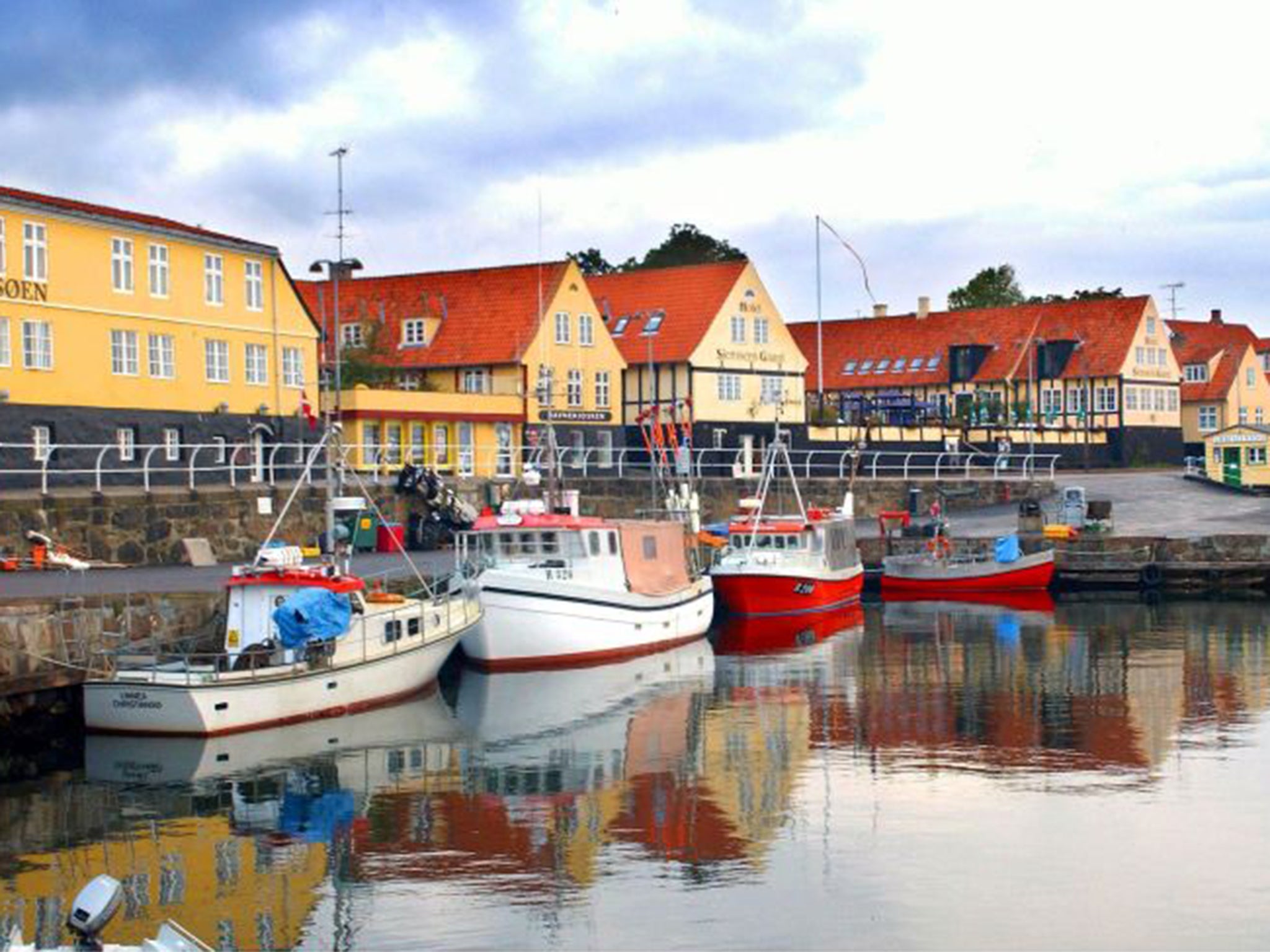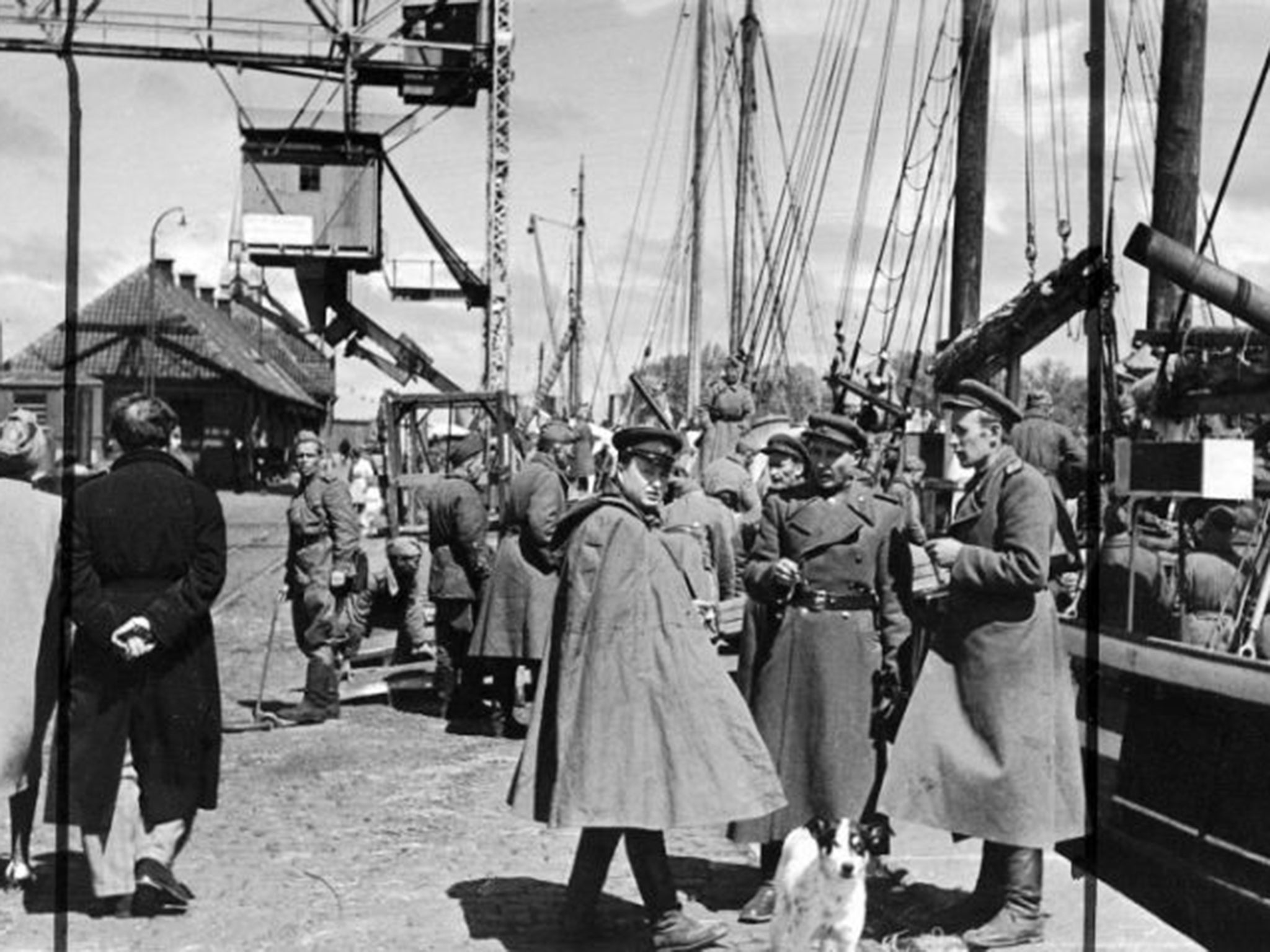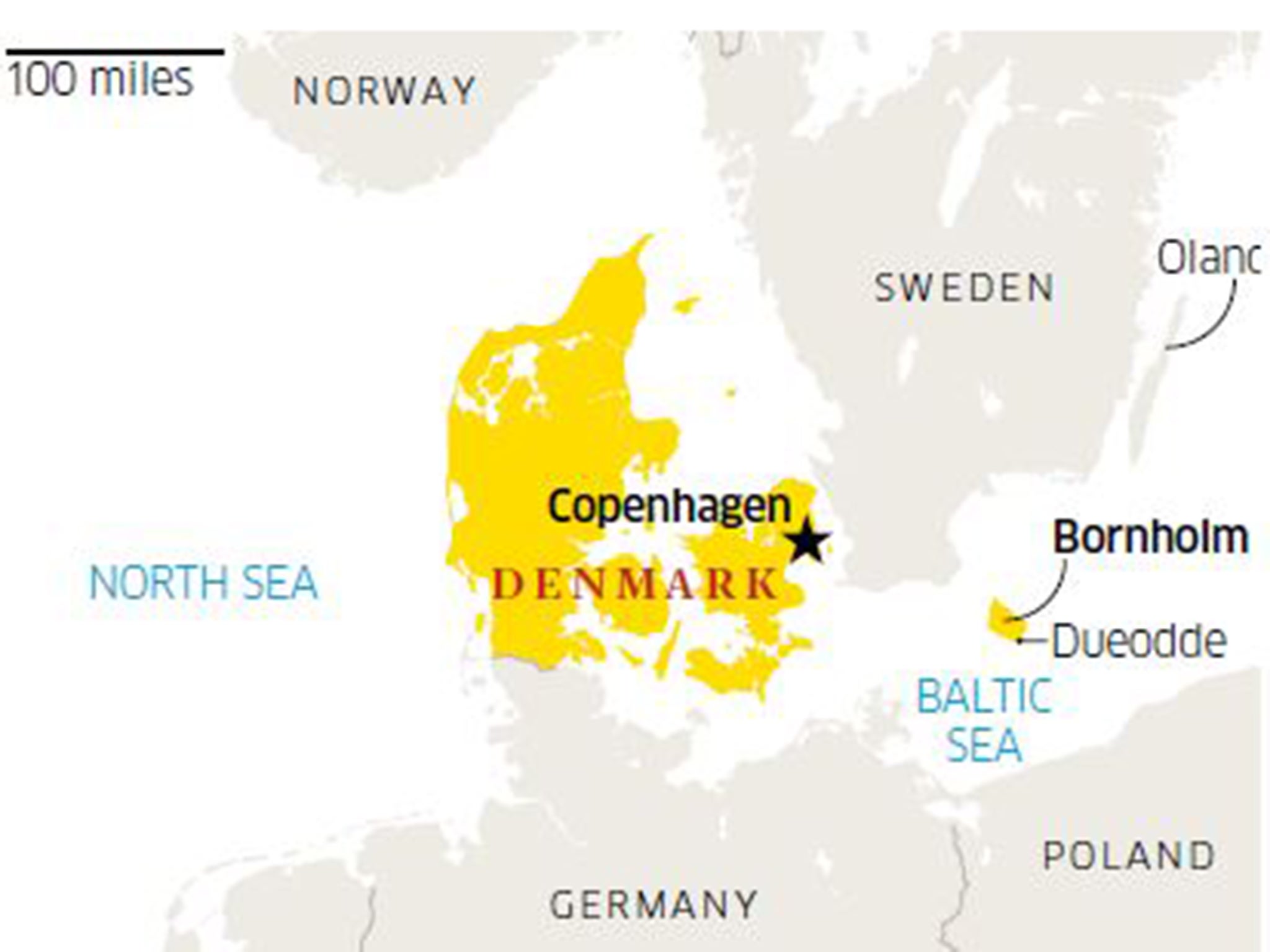Denmark keeps Russia on its radar as Putin's aggression heightens tension between nations
On Bornholm, a military listening post tracks the encroaching Russian airforce

Your support helps us to tell the story
From reproductive rights to climate change to Big Tech, The Independent is on the ground when the story is developing. Whether it's investigating the financials of Elon Musk's pro-Trump PAC or producing our latest documentary, 'The A Word', which shines a light on the American women fighting for reproductive rights, we know how important it is to parse out the facts from the messaging.
At such a critical moment in US history, we need reporters on the ground. Your donation allows us to keep sending journalists to speak to both sides of the story.
The Independent is trusted by Americans across the entire political spectrum. And unlike many other quality news outlets, we choose not to lock Americans out of our reporting and analysis with paywalls. We believe quality journalism should be available to everyone, paid for by those who can afford it.
Your support makes all the difference.Gert Steen Ronne is perhaps the only person on the Danish island of Bornholm to have been shot at by a Russian soldier. He was six.
“The man who shot at us was up there.” The 76-year-old former engineer points to a ridge a few metres from the perimeter fence of the island’s tiny airport. “That was the entrance to the camp, and on the other side there was a small shop where my father worked, and that’s where one of the Russians got mad and pulled out his pistol.”
Soviet forces established a camp for more than 1,000 troops on Bornholm when they freed the strategic Baltic island from Nazi Germany in May 1945. Mr Ronne’s family lived next door. After the bullet rang through the air above them, he remembers his father rushing them both home in a panic.

Bornholm’s fraught 11-month occupation by Russian troops left almost as powerful a mark on the local psychology as the five-year German invasion that preceded it. “If you talk to old people today, they say we were occupied twice,” says Jens Skaarup, a retired sergeant major and volunteer at the Defence Museum in the capital, Ronne. “Why did they stay here so long? It might have been the wish of Russians to have control of the entrance to the Baltic waters … When they left in April 1946, it was a relief.”
Nearly 70 years later, Russia’s aggression is again making the islanders nervous. Last June, Lasse Jensen was mid-shift at the Danish military’s radar station on Bornholm when two Russian bombers and four fighter planes came on to his screen. “It was a simulated attack, probably on this station,” he says. “That was the course they were following. We were the only thing that could have been the target.”
Within minutes the station’s commander, Captain Max Ellegaard Hansen, had scrambled Denmark’s F-16s, one of the 16 times that month the Danish airforce sent up jets to ward off the Russians. As just about every major Danish politician, including Prime Minister Helle Thorning-Schmidt, was on the island for an annual political festival at the time, the simulated assault created a sensation when it was made public a few months later.
For Mr Jensen, 57, it was simply a continuation of the activity he has been monitoring ever since he started working there in 1975, at the height of the Cold War. “We are not nervous, because we have seen it all before,” he says. In the Cold War, he tracked groups of as many as 12 Soviet fighter-bombers in attack formation near the island. That activity dropped to almost nothing in the 15 years following the collapse of the Soviet Union.
“Today, we normally see only two to four planes in formation at a time,” he notes. “But of course the weapons today are much more effective.”
It does make others nervous, however. Announcing its 2016 summit in Warsaw on Friday, a Nato spokesman said: “This summit comes at a crucial time for the alliance, as the tectonic plates of Euro-Atlantic security have shifted both in the East and the South.” At its last summit in Wales, Nato boosted its defences in eastern Europe, aiming to reassure allies nervous about Russia’s intervention in Ukraine. Earlier this month, Poland and the Baltic states said they were seeking permanent Nato deployments on their soil to counter increased Russian activity.
Captain Hansen dates the surge in Russian naval and airforce activity in the Baltic to roughly the start of the Ukraine crisis. “There was activity before the Ukraine events but it’s been increasing,” he says. “But so has Nato activity.” Russian planes now skirt the island almost weekly.
It’s a similar picture in the other Nordic countries. Last week, Sweden scrambled fighter jets to warn off two Tupolev TU-22M bombers skirting the island of Oland, the latest in a series of provocations which last September led to a violation described as “the most serious aerial incursion by the Russians” in a decade. Norway’s F-16 fighters intercepted Russian warplanes 74 times in 2014.
Capt Hansen chuckles to think that only seven years ago he spent an evening drinking vodka with Russian sailors who had landed on the island as part of their participation in Nato’s annual Baltic Operations (Baltops) exercise: “I wouldn’t imagine they would be invited to Baltops this year.”
The simulated attack certainly wasn’t an accident, he says. If anywhere on the island is a target, it’s his radar station. “If we were in a war situation, our radar would be one of the first things taken out. By a tactical nuke, that’s what their plans said. The first thing you should do is shut off the eyes of your enemy.”

At the height of the Cold War, Bornholm’s radar station and listening post was arguably Denmark’s most important contribution to Nato. It was the listening post in Dueodde, on the island’s south coast, that first detected the impending invasion of Czechoslovakia. But in 2012, to the horror of old cold warriors such as Mr Skaarup, the Danish armed forces shut it and sold it. “We have deep, deep concern,” he says. “We don’t know what’s going on, not in the same way as we used to.”
Capt Hansen points out that now Estonia, Latvia and Lithuania are part of Nato, Bornholm is no longer the alliance’s “eyes to the East”. Nor does he see Russia’s recent Baltic aggression as a genuine threat: “Today we are too dependent on one another, and the financial situation demands some sort of stability.”
As Professor Jens Ringsmose, at the University of Southern Denmark’s Centre for War Studies, says: “Putin’s project is all about putting Russia back on the map as one of the big players.
“The Baltic flights are just another part of this plan: ‘You should respect Russia, we have a military capability.’ It’s signalling with military means that you shouldn’t be arrogant, you shouldn’t ignore Russia.”
Join our commenting forum
Join thought-provoking conversations, follow other Independent readers and see their replies
Comments